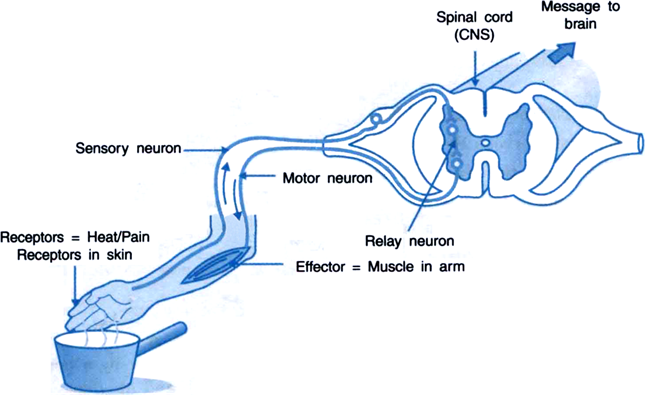SCIENCE STREAM
To be eligible for Science Stream (Medical/Non
Medical) a child has to secure 70% marks OR 56/80
marks individually in English, Maths and Science.
Medical
Non
Medical
English
English
Physics
Physics
Chemistry
Chemistry
Biology
Maths
Maths /Home Science/
Fine Arts
C++/Fine Arts
COMMERCE STREAM
● To be eligible for COMMERCE WITH MATHS Stream, a child
has to secure 60% marks OR 48/80 marks individually in
English, Maths and S.Sc
● To be eligible for COMMERCE WITHOUT MATHS Stream a
child has to secure 50% marks OR 40/80 individually in English, Hindi and S.Sc
Commerce with Maths Commerce without Maths
English English
Business Studies Business Studies
Accountancy Accountancy
Economics Economics
Maths Web Application
HUMANITIES STREAM
To be eligible for HUMANITIES Stream, a child has to secure 40%
arks OR 32/80 individually in English, Hindi and Social Science.
Humanities English Core
Geography/History/Dance Psychology/Fine Arts Political Science/Economics
Home Science/*Mathematics/Music
Student with minimum 80% in Maths can opt for Maths.
* Student with minimum 80% in S.Sc. can opt for Eco.
To be eligible for Science Stream (Medical/Non
Medical) a child has to secure 70% marks OR 56/80
marks individually in English, Maths and Science.
Medical
Non
Medical
English
English
Physics
Physics
Chemistry
Chemistry
Biology
Maths
Maths /Home Science/
Fine Arts
C++/Fine Arts
COMMERCE STREAM
● To be eligible for COMMERCE WITH MATHS Stream, a child
has to secure 60% marks OR 48/80 marks individually in
English, Maths and S.Sc
● To be eligible for COMMERCE WITHOUT MATHS Stream a
child has to secure 50% marks OR 40/80 individually in English, Hindi and S.Sc
Commerce with Maths Commerce without Maths
English English
Business Studies Business Studies
Accountancy Accountancy
Economics Economics
Maths Web Application
HUMANITIES STREAM
To be eligible for HUMANITIES Stream, a child has to secure 40%
arks OR 32/80 individually in English, Hindi and Social Science.
Humanities English Core
Geography/History/Dance Psychology/Fine Arts Political Science/Economics
Home Science/*Mathematics/Music
Student with minimum 80% in Maths can opt for Maths.
* Student with minimum 80% in S.Sc. can opt for Eco.











